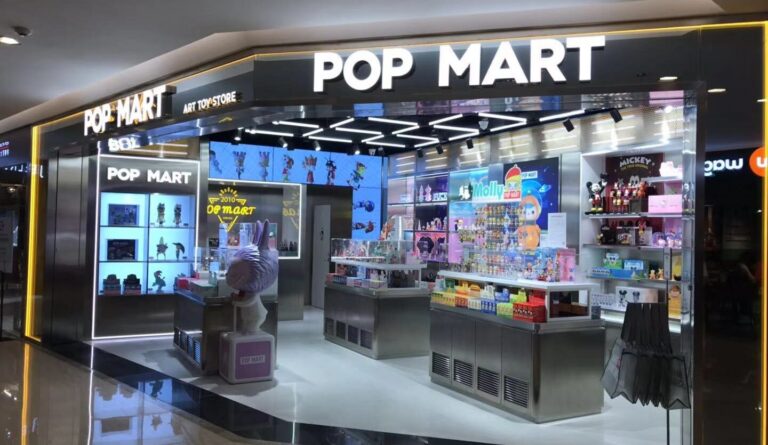The changing e-commerce industry in China during COVID-19
Find here Daxue Talks episode 65. In this interview, Miro Li tells us how the world pandemic has affected the e-commerce industry and online shopping in China.
Find transcript below:
What platforms have benefited from the outbreak?
First is the online course apps because students have to take online courses at home, so these apps are very popular during this outbreak.
The working apps as well, because people have to work from home so they are using apps like WeChat work or DingTalk to communicate with their colleagues and clients.
Live streaming platforms — more and more people are watching live streaming at home. Live streaming on Taobao, BiliBili or Red are all very popular.
Entertainment apps have also benefited. For example, short video apps like Douyin or Kuaishou are very popular during this time. People spend more time for entertainment. They want to kill time at home.
And also, online fresh food ordering apps, such as Hema and DingDong. More and more people need to order food online, so these apps are also getting more and more popular.
How has the coronavirus affected China’s online shopping businesses?
First, the fresh food e-commerce actually was booming during this time. The average time users spent on fresh food e-commerce apps is increasing very fast. For example, Hema and DingDong are all very popular during this time, because people can’t go out so they have to order the fresh food from these e-commerce apps. The leading e-commerce platforms such as Taobao, JD, and Pinduoduo are taking the social responsibilities. They start to provide support to help the farmers to sell the agricultural products.
Offline retail shops started to go online and are setting up their own e-commerce store like mini program shops, or they are starting to manage their customers group or do their own live streaming. More and more offline shops are going online as well as logistics companies and delivery service providers as they develop contactless delivery services.
Based on what we can see today, how has the e-commerce industry changed and what is the forecast after COVID-19?
We can see a trend that live streaming is booming. More and more brands are starting to do live streaming, which can bring a lot of sales and revenue to the brands, so this is definitely one of the hottest trends now.
Our customers are already used to online shopping; even for fresh food, they are used to ordering online. So I think this will last for a longer time. People are more used to e-commerce to buy everything online instead of going to the supermarket, going to the shopping mall.
This is also my forecast, that online interaction is becoming more and more important — the online engagements between the brands and customers. Brands actually need to have a very close relationship with their customers online so that they can reach their customers. This is very important for the e-commerce because only if you have a very close relationship with your customers on social media, the customers will bring you more sales. And I think one important forecast is that as more and more brands are realizing this, omni-channel strategy is becoming very important. In the past, some brands have only exclusively focused on offline or online, that’s okay. But now, after [the covid-19 outbreak] actually, it’s not okay. You have to have an omni-channel strategy: an integrated marketing strategy of both online and offline. So, you have to connect your online and offline data customers, CRM etc., and you need to understand the new concept of O2O and new retail. It’s not that simple like before. Omni-channel strategy is becoming more important, and it’s important for the brand to realize that you have to have both online and offline, and they have to be connected. You have to make it an integrated strategy instead of separated. So, I think this is also very important.
How do retailers digitalise during COVID-19? Can you provide an example?
I think one interesting example is from a Chinese brand called Lin Quin Xuan, I think the English name is Forest Cabin. Lin Quin Xuan was an offline retailer, so they have a lot of offline retail stores in shopping malls. During COVID-19, because they have to go online, they started to setup their online shops and to digitalize; they started to ask their sales person from offline to become live streamers. So, their sales person started doing live streaming at home and can sell the products directly from home, which is very convenient for them. They started to set up the online distribution system, using WeChat to manage the private traffic, and each sales person manages a lot of groups of their customer groups. Each sales person does the live streaming every day at home and can sell directly through their phone. So, it’s very convenient, and the sales during COVID-19 actually increased, athough they didn’t have any income from offline. The CEO of Lin Quin Xuan himself also joined the live streaming to sell products. I think they are one of the first to do this, to host a live streaming, to ask their sales person to be the live streamer. I think this is an interesting example of the retailer’s digitalisation during COVID-19.
Any questions? We will find an expert to answer them. Drop your questions in the comments or send us an email – dx@daxueconsulting.com.





